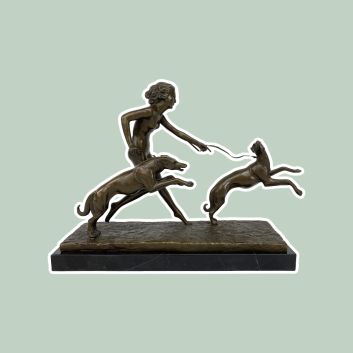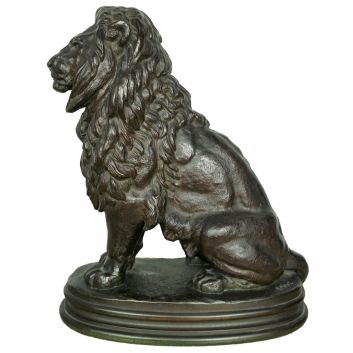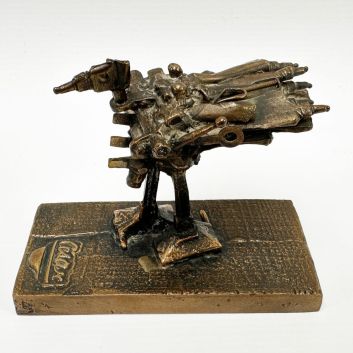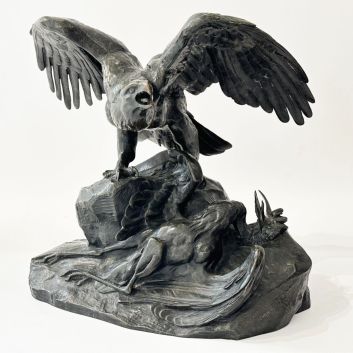Cote et valeur des oeuvres, sculptures de Camille Claudel
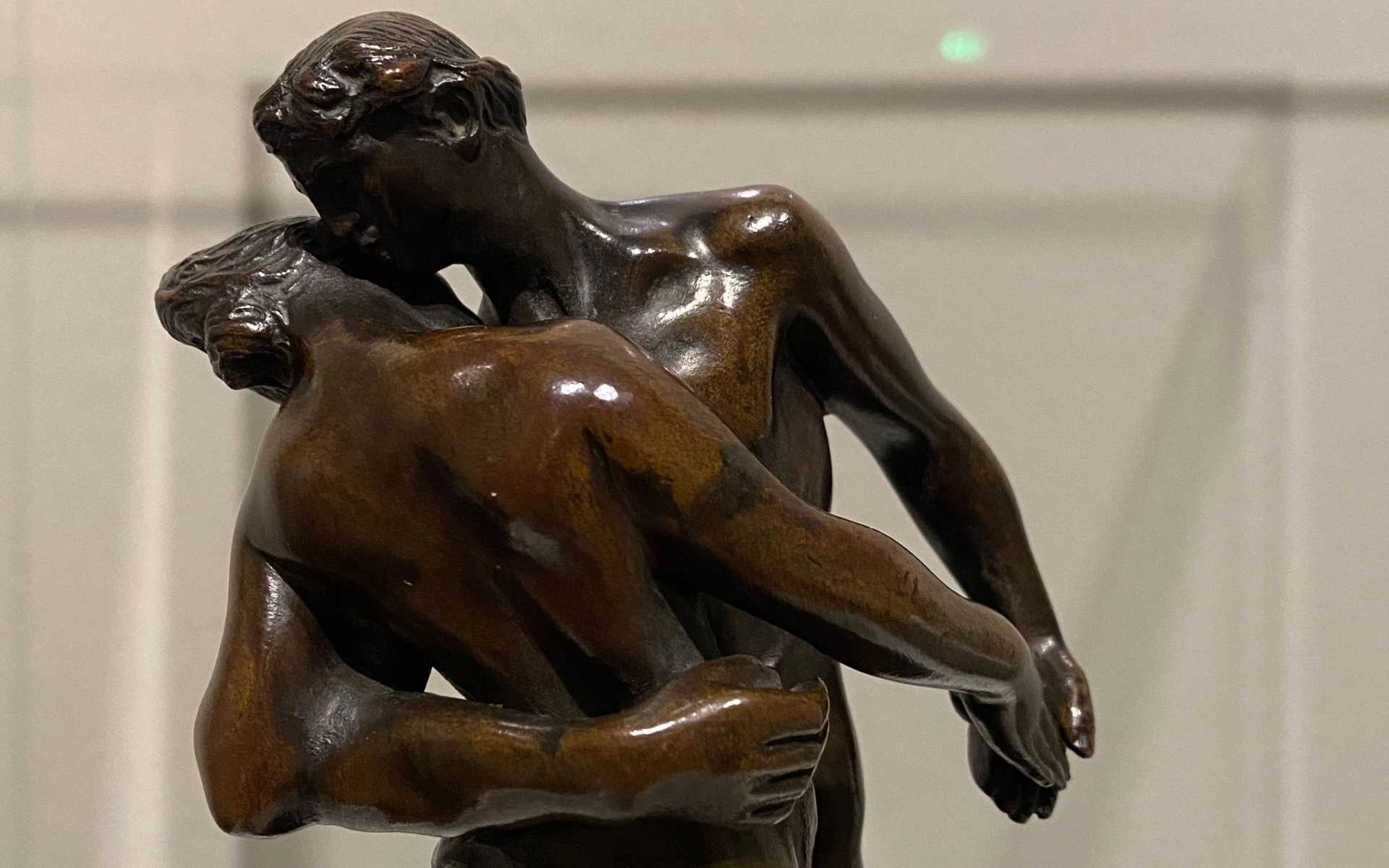
Si vous détenez une œuvre réalisée par l’artiste Camille Claudel ou d’après, et que vous souhaitez connaître sa valeur, nos experts et commissaires-priseurs agréés par l’état vous offriront leurs services d'expertise.
Nos spécialistes s’emploieront à réaliser une expertise gratuite de votre œuvre, et vous transmettront une estimation précise de sa valeur sur le marché actuel. Par la suite, si vous désirez vendre votre œuvre, nous vous orienterons vers le meilleur dispositif possible pour en obtenir un prix optimal.
Cote et valeur de l’artiste Camille Claudel
Camille Claudel est une artiste importante de la sculpture au XXème siècle. Elle fait partie du symbolisme et travaille avec Rodin. À présent, les prix de ses œuvres s’envolent de manière exponentielle au marteau des commissaires-priseurs.
Ses bronzes sont particulièrement prisés et le prix auquel ils se vendent sur le marché de l’art s’échelonne entre 1 350€ et 5 271 750€, un delta considérable mais qui en dit long sur la valeur qui peut être attribuée aux œuvres de Claudel. En 2018, le bronze l’Abandon, grand modèle, datant de 1905 a été vendu à hauteur de 1 081 380€.
Ordre de valeur allant d’une œuvre simple à la plus prestigieuse
Technique utilisée | Résultat |
|---|---|
Dessin - aquarelle | De 90 000 à 240 000€ |
Marbre | De 56 400 à 2 100 000€ |
Bronze volume | De 1 350 à 5 270 000€ |
Réponse en - de 24h
Style et technique de l’artiste Camille Claudel
Camille Claudel produit des sculptures expressionnistes et réalistes, elle travaille surtout avec le bronze et est la collaboratrice d’Auguste Rodin. Elle produira aussi des sculptures en marbre, mais peu.
Son travail est très apprécié sur le marché de l’art. Les différentes institutions artistiques ont à cœur de mettre en avant son travail, qui est resté longtemps à tort masqué par celui d’Auguste Rodin.
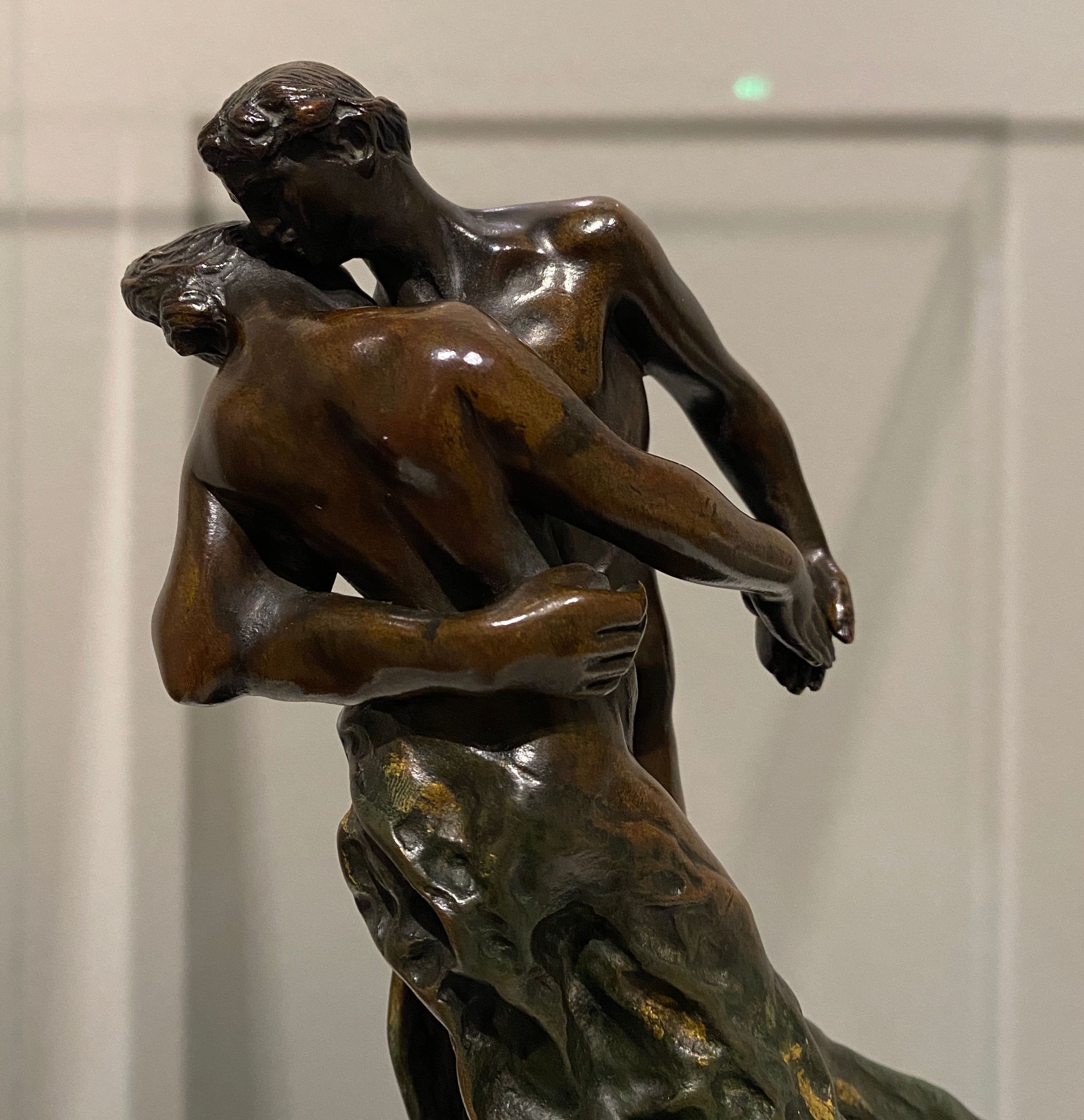
Camille Claudel ou l’ombre de Rodin
Camille Claudel (1864-1943) était une artiste française renommée, née le 8 décembre 1864 à Fère-en-Tardenois, France. Elle est largement reconnue pour son talent exceptionnel et sa contribution à l'art sculptural à la fin du XIXe siècle.
Camille Claudel a étudié à l'Académie Colarossi à Paris, où elle a développé ses compétences artistiques. Elle a été l'élève et l'amante du célèbre sculpteur Auguste Rodin, et leur relation a grandement influencé son travail.
Elle a contribué à plusieurs des œuvres de Rodin, bien qu'elle soit souvent restée dans son ombre et qu’encore aujourd’hui, ses œuvres soient souvent attribuées à Auguste Rodin.
Ses sculptures étaient caractérisées par leur réalisme, leur expressivité et leur exploration émotionnelle. Elle a souvent représenté le corps humain avec une sensibilité unique et a été saluée pour sa capacité à capturer l'intensité des émotions dans la pierre et le bronze.
Cependant, malgré son talent, Camille Claudel a lutté pour obtenir la reconnaissance qui lui était due de son vivant.
Sa carrière a été entravée par des préjugés de sexe et par sa relation tumultueuse avec Rodin. Elle a également dû faire face à des difficultés personnelles et à des problèmes de santé mentale, ce qui a finalement conduit à son internement en institution psychiatrique en 1913.
Camille Claudel a passé les dernières décennies de sa vie en internement, loin du monde artistique. Elle est décédée le 19 octobre 1943 dans un hôpital psychiatrique à Montdevergues, en France.
Malgré les défis qu'elle a rencontrés de son vivant, son travail est maintenant largement célébré et considéré comme une contribution significative à l'histoire de la sculpture. Au fil des ans, elle a reçu la reconnaissance qu'elle méritait en tant qu'artiste talentueuse et visionnaire.
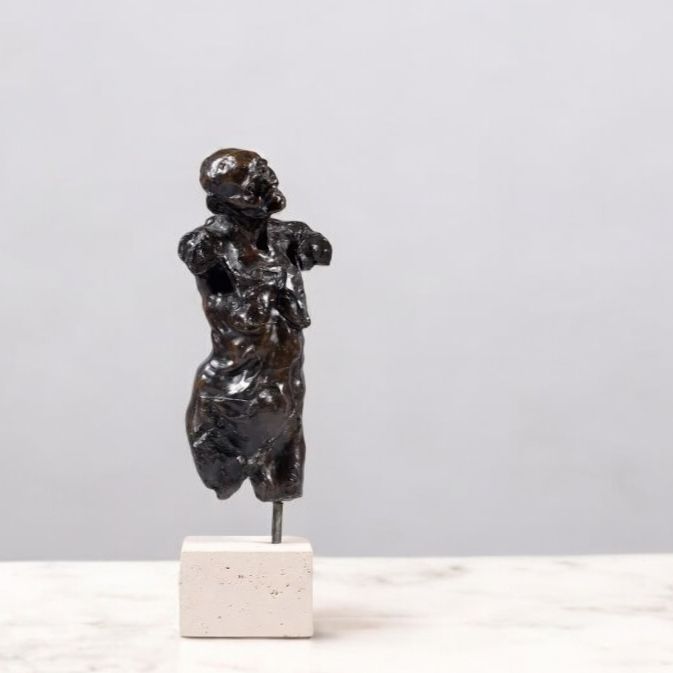
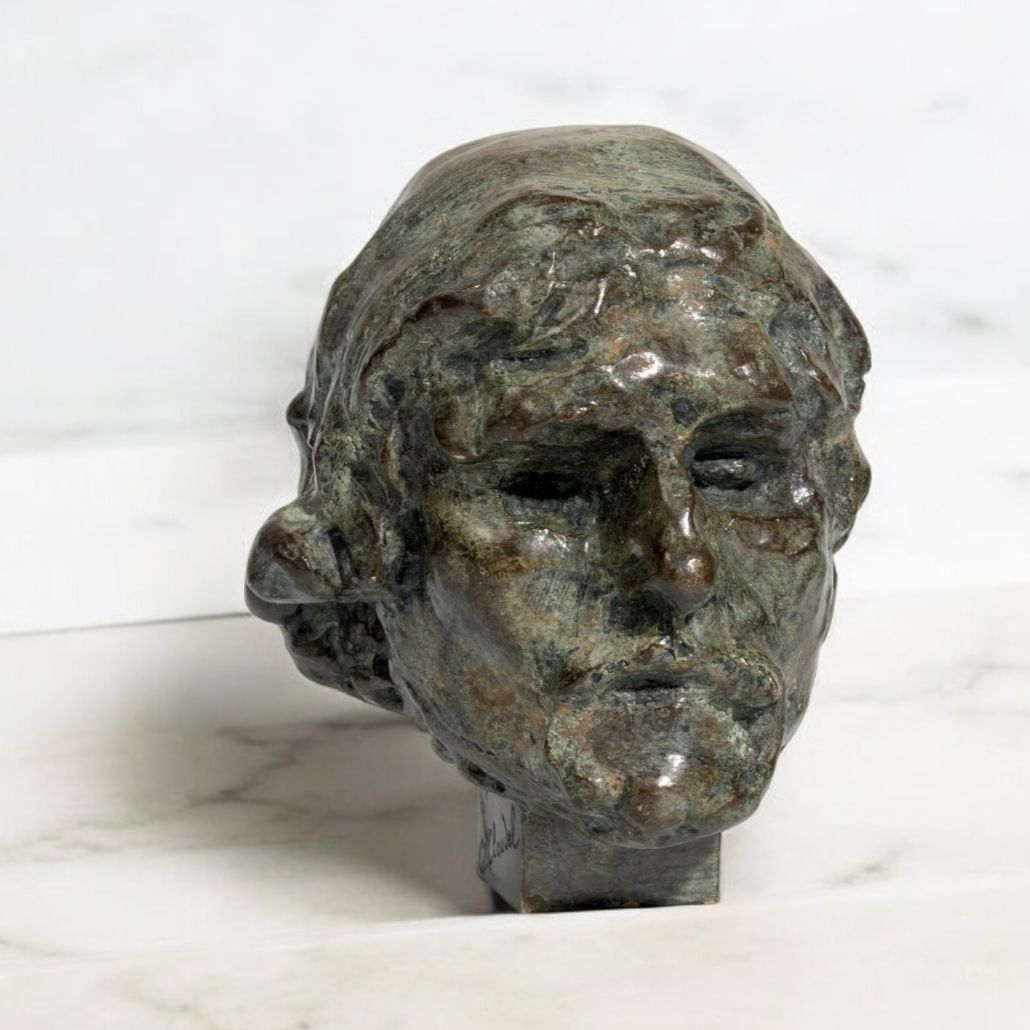
Claudel, l’exemple d’une artiste invisibilisée
Le XXe siècle, marqué par des bouleversements sociaux et culturels, n'a pourtant pas épargné les femmes artistes, qui ont dû surmonter d'immenses obstacles pour obtenir la reconnaissance qu’elles méritaient.
L'histoire de Camille Claudel, artiste française de talent née en 1864, en est un exemple poignant. Formée à l'Académie Colarossi à Paris, Claudel s'impose rapidement par la finesse et l'expressivité de son travail, mais elle se heurte constamment aux préjugés d'une société qui cantonne les femmes à des rôles souvent secondaires.
Élève et amante d'Auguste Rodin, elle a non seulement contribué à plusieurs des œuvres du maître, mais a aussi développé une esthétique propre, marquée par une profonde exploration émotionnelle et une maîtrise technique qui rivalisait avec celle des plus grands sculpteurs de son temps.
Cependant, malgré son talent indéniable, Camille Claudel a passé une grande partie de sa carrière dans l'ombre de Rodin, son génie souvent éclipsé par la célébrité de son mentor, comme ce fut le cas pour des couples d’artistes comme Picasso et Françoise Gilot ou Christo et Jeanne Claude.
Ses sculptures, bien que saluées par quelques critiques, ont souvent été attribuées à Rodin, renforçant l'idée que la femme artiste ne pouvait être qu'une simple assistante, incapable de produire une œuvre d'importance par elle-même.
Ce manque de reconnaissance n'était pas un cas isolé ; il reflétait une tendance plus large où les femmes, bien qu’actives et innovantes dans le domaine artistique, étaient systématiquement marginalisées et sous-évaluées.
La relation tumultueuse de Claudel avec Rodin, mêlée aux pressions sociales de l'époque, a exacerbé ses difficultés. Les femmes artistes étaient non seulement jugées sur leur travail, mais aussi sur leur comportement personnel, et toute déviation des normes sociales pouvait les disqualifier aux yeux des critiques et du public.
Claudel, qui luttait également contre des troubles mentaux, a été internée en 1913, marquant le début de trois décennies d'isolement forcé, loin du monde artistique qui l'avait autrefois accueillie avec méfiance et réticence.
Cet internement, décidé en grande partie par une famille soucieuse de préserver sa réputation, symbolise la manière dont les femmes artistes étaient souvent réduites au silence, leur créativité étouffée par des structures sociales oppressives.
Le cas de Camille Claudel est représentatif d'une réalité plus large pour les femmes artistes du XXe siècle. Malgré leurs contributions significatives à divers mouvements artistiques, elles ont dû se battre contre des barrières invisibles mais puissantes, qui les empêchaient de s'affirmer pleinement dans un milieu dominé par les hommes.
Les galeries, les musées et les critiques favorisaient systématiquement les artistes masculins, reléguant les œuvres féminines à des positions subalternes ou les ignorant complètement.
Ce n’est que bien après sa mort, en 1943, que Camille Claudel a commencé à recevoir la reconnaissance qu’elle méritait, et même alors, la réévaluation de son œuvre a été lente et progressive.
Aujourd'hui, elle est célébrée comme une pionnière, une figure incontournable de la sculpture, mais cette reconnaissance posthume ne peut effacer les années d'injustice et d'invisibilité qu'elle a endurées.
Claudel, comme tant d'autres femmes artistes, a dû payer le prix fort pour sa passion et son indépendance, et son histoire reste un exemple poignant du travail que les femmes ont dû mener pour se faire une place dans l'histoire de l'art.
Comprendre la relation Claudel - Rodin
L’empreinte de Camille Claudel sur sa période
Camille Claudel a marqué son temps par la contribution qu’elle a apporté à la sculpture moderne, bien que son travail n’ait été reconnu qu’après sa mort.
Elle a elle aussi influencé l’œuvre de Rodin qui a réalisé de nombreux bustes d’elle, en bronze et en marbre.
Aujourd'hui, la cote de Camille Claudel sur le marché de l'art est en constante ascension, reflétant une reconnaissance tardive mais grandissante de son génie sculptural.
Ses œuvres, autrefois sous-évaluées en raison de son association avec Auguste Rodin, atteignent désormais des prix records lors de ventes aux enchères.
Par exemple, des pièces comme La Valse ou L'Âge mûr se vendent régulièrement pour plusieurs millions d'euros, des sommes qui témoignent de l'intérêt croissant des collectionneurs et des institutions pour son travail.
La rareté de ses œuvres sur le marché contribue également à cette augmentation de valeur. Les bronzes originaux, ainsi que les quelques marbres signés de sa main, sont particulièrement recherchés, attirant des enchérisseurs du monde entier.
La redécouverte de son œuvre au fil des décennies, notamment grâce à des expositions rétrospectives et des études académiques, a solidifié sa position parmi les grands sculpteurs de son époque.
En somme, Camille Claudel, longtemps marginalisée, est désormais reconnue comme une figure essentielle de l'art du XIXe siècle, et ses œuvres sont devenues des trésors inestimables du marché de l'art contemporain.
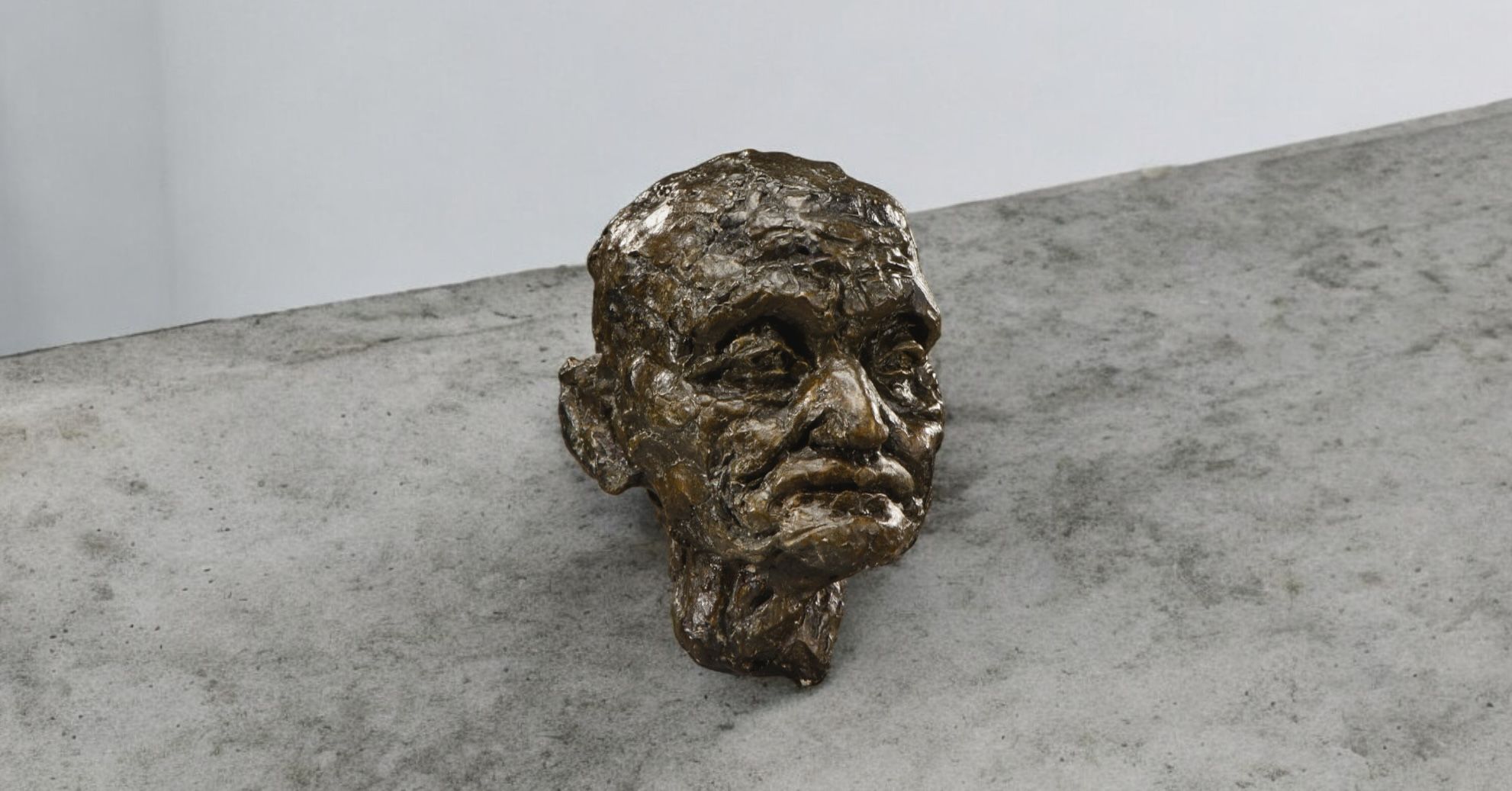
Reconnaître la signature de Camille Claudel
L’artiste signe souvent « Claudel » en petit, sur le socle de ses sculptures. Il peut exister des copies, c’est pourquoi l’expertise reste importante.
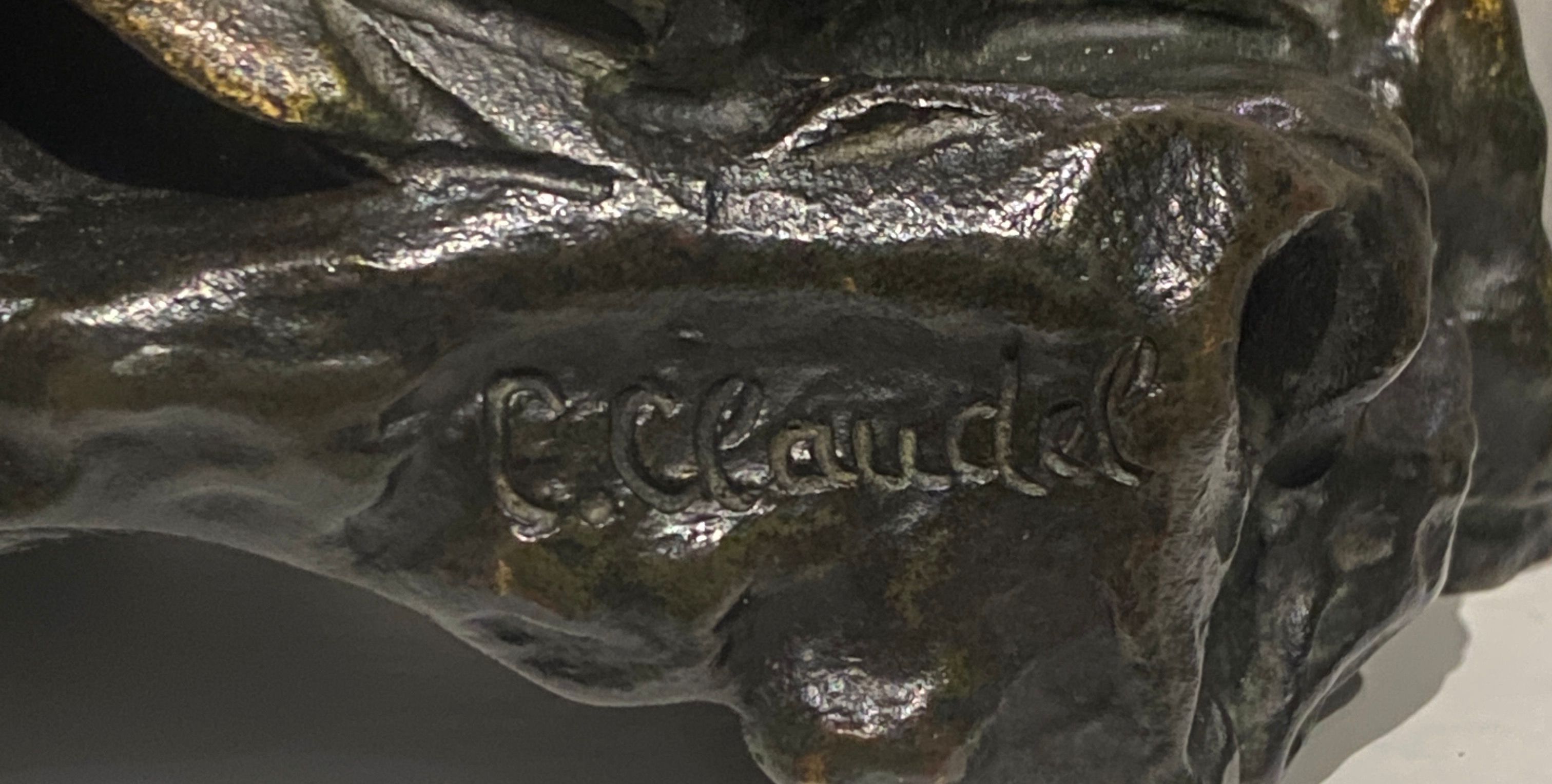
Connaître la valeur d’une œuvre
S’il s’avère que vous possédez une œuvre de Camille Claudel ou d’après l’artiste, n’hésitez pas à demander une évaluation gratuite moyennant notre formulaire sur notre site internet.
Un membre de notre équipe, composée d'experts et de commissaires-priseurs agréés, vous contactera promptement afin de vous communiquer l’estimation de la valeur marchande de votre œuvre, sans oublier de vous transmettre les informations ad hoc sur celle-ci.
Si vous considérez vendre votre œuvre, vous serez également accompagnés par nos spécialistes afin de bénéficier d’alternatives pour la céder au meilleur prix possible, prenant en compte les inclinations du marché.
Réponse en - de 24h
A découvrir dans la même thématique

Cote et valeur des oeuvres, dessins, peintures de Alfred Man...
Alfred Manessier est un artiste et peintre de l'abstraction expressive qui a produit des peintures, dessins et autres oeuvres cotées aux enchères.
En savoir plus >
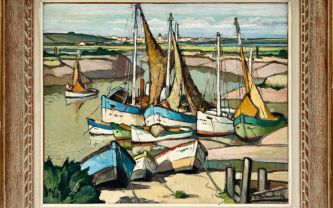
Cote et valeur des tableaux, dessins, peintures de Gaston Ba...
Gaston Balande est un peintre de paysages français qui a produit des oeuvres dont la cote et la valeur sont élevées aux enchères. Estimation en 24h.
En savoir plus >
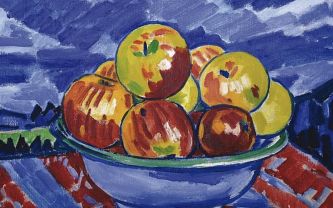
Cote et valeur des tableaux, dessins, peintures de Vaclav Sp...
Vaclav Spala est un artiste tchèque qui a produit des oeuvres dont la cote et la valeur sont élevées aux enchères. Estimation 100% gratuite.
En savoir plus >
Site sécurisé, anonymat conservé
Commissaire-priseur et expert agréé par l'État
Estimations gratuites et certifiées
